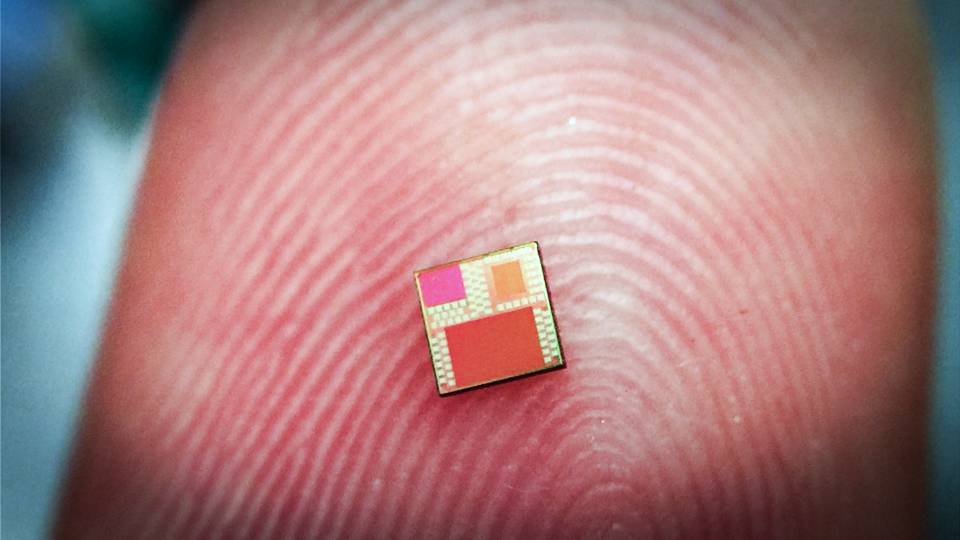
Researchers have developed silicon chip technology similar to that found in personal computers and mobile phones to function as biosensors. It is an essential step toward performing medical diagnoses using handheld devices. The technology eliminates all complex and bulky optical instrumentation used in diagnostic labs by using tiny metal layers embedded in a microchip. As [..]
Read More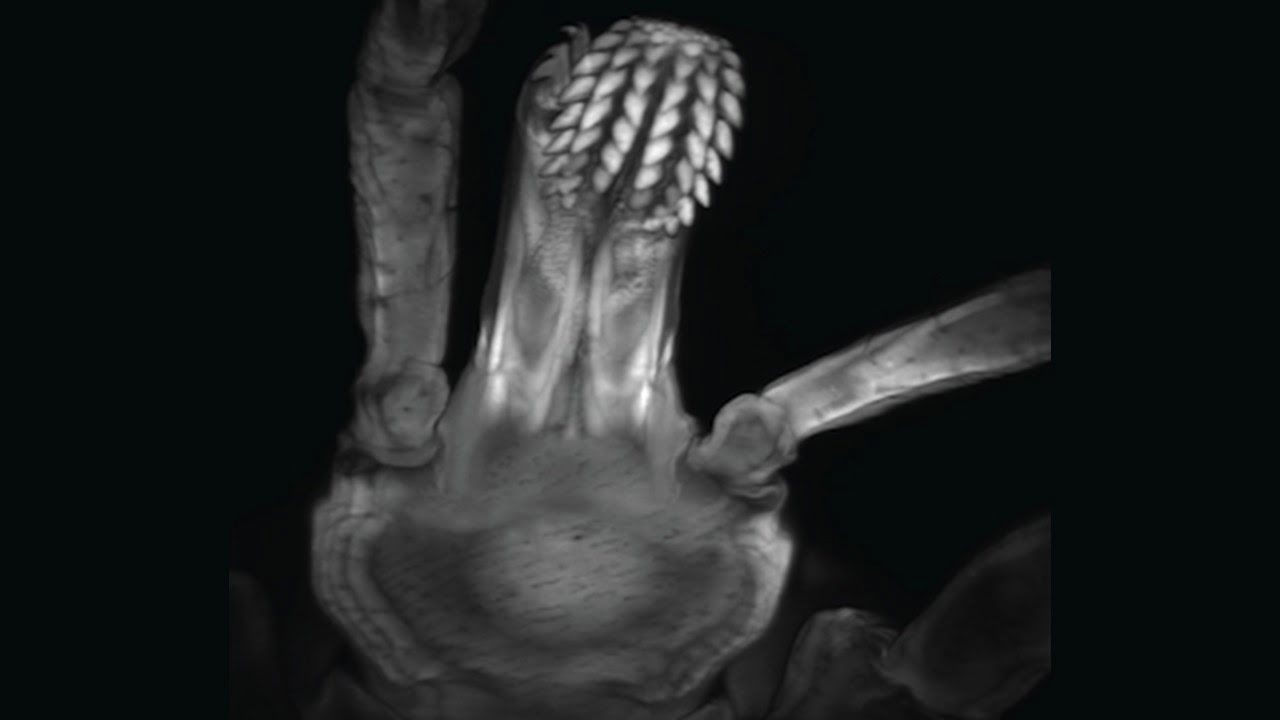
Microscopy platforms are critical for understanding neuronal activity, but scanning microscope technologies with micron-scale resolution can be slow and produce enormous amounts of data. A group of researchers has developed a novel confocal technique that could aid in the solution to the problem. It is known as Multi-Z confocal microscopy. It can provide two-color fluorescence [..]
Read More
New photonic imaging tools can help to understand better the nonlinear behavior of laser light in human blood. A laser beam shining through red blood cell suspensions can become “self-trapped,” according to researchers. The process reduced light scattering to maintain the power of laser beams. The observed nonlinearity was affected by osmotic conditions and sample [..]
Read More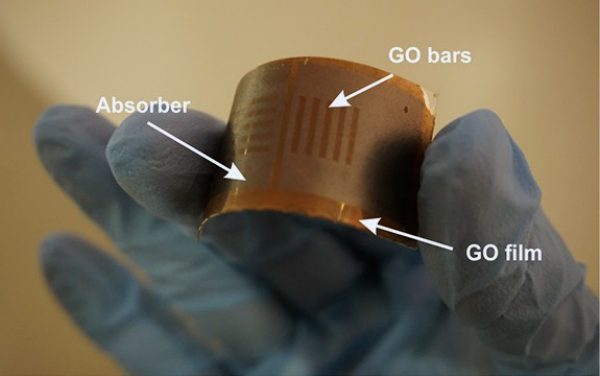
Researchers have created a solar-absorbing, ultrathin graphene film with unique properties. The thin film is helpful for solar thermal energy harvesting. The 90 nm thick material can rapidly heat to 160 °C when exposed to natural sunlight in an open environment. The material property paves the way for new thermophotovoltaics (the direct conversion of heat [..]
Read More
Combining multiple photonic imaging techniques could lead to novel, noninvasive tumor detection, and evaluation approaches. Rising cancer incidence will require new techniques to provide diagnostically relevant information quickly and reliably. Researchers believe that optical biopsy could be crucial in diagnosing and characterizing cancer. Less-invasive optical imaging could significantly benefit both clinicians and patients with head [..]
Read More
Researchers have developed a new method for atomic-scale magnetic field measurement with high precision, both up and down and sideways. The new tool helps map the electrical impulses inside a firing neuron, characterize new magnetic materials and investigate exotic quantum physical phenomena. The technique builds on a platform already developed to probe magnetic fields with [..]
Read More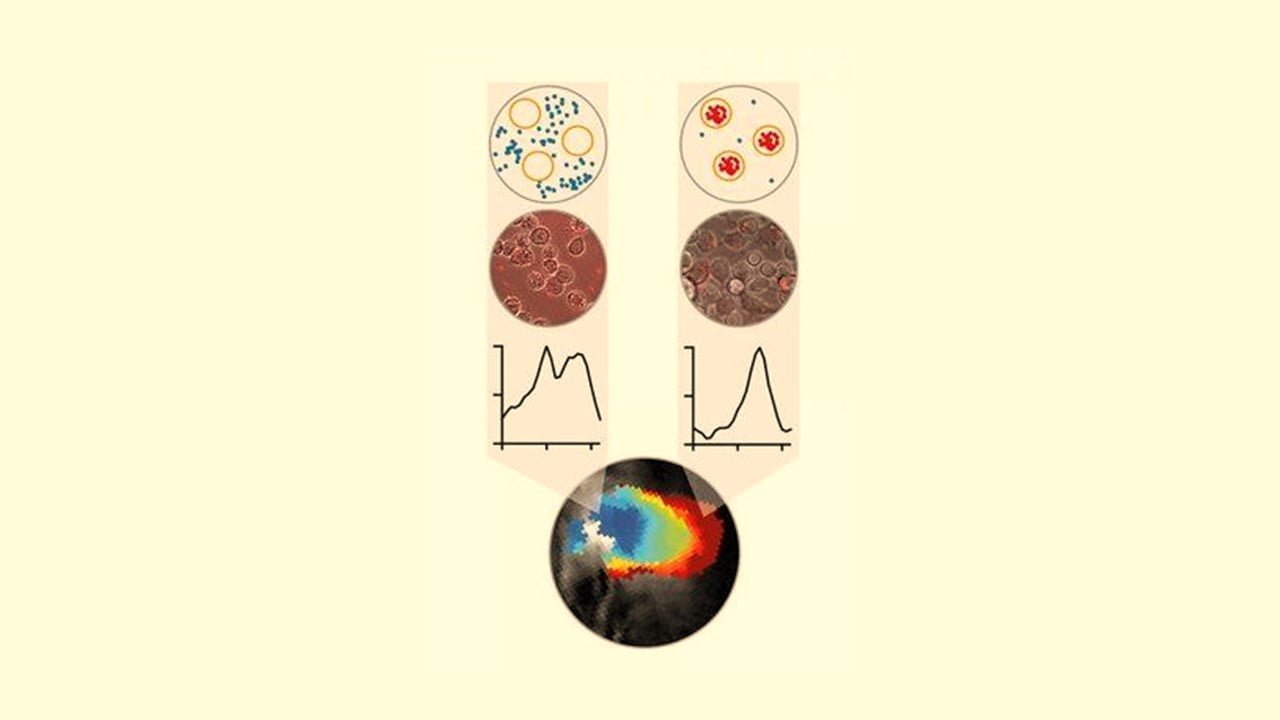
A group of researchers discovered that harmless purple bacteria from the genus Rhodobacter could visualize aspects of tumor heterogeneity in cancerous tumors. The researchers used these microorganisms to visualize immune system cells known as macrophages, which also play a role in tumor development, using optoacoustic imaging. The researchers developed the imaging technique that indicates where [..]
Read More
Using novel nanofabrication techniques, researchers have built micro-robots from silicon powered by solar cells. A 4-in. silicon wafer can help produce one million functional microscopic robots. The robots’ bodies form from a superthin rectangular skeleton of glass topped with a thin layer of silicon, into which the researchers have etched electronics control components and either two [..]
Read More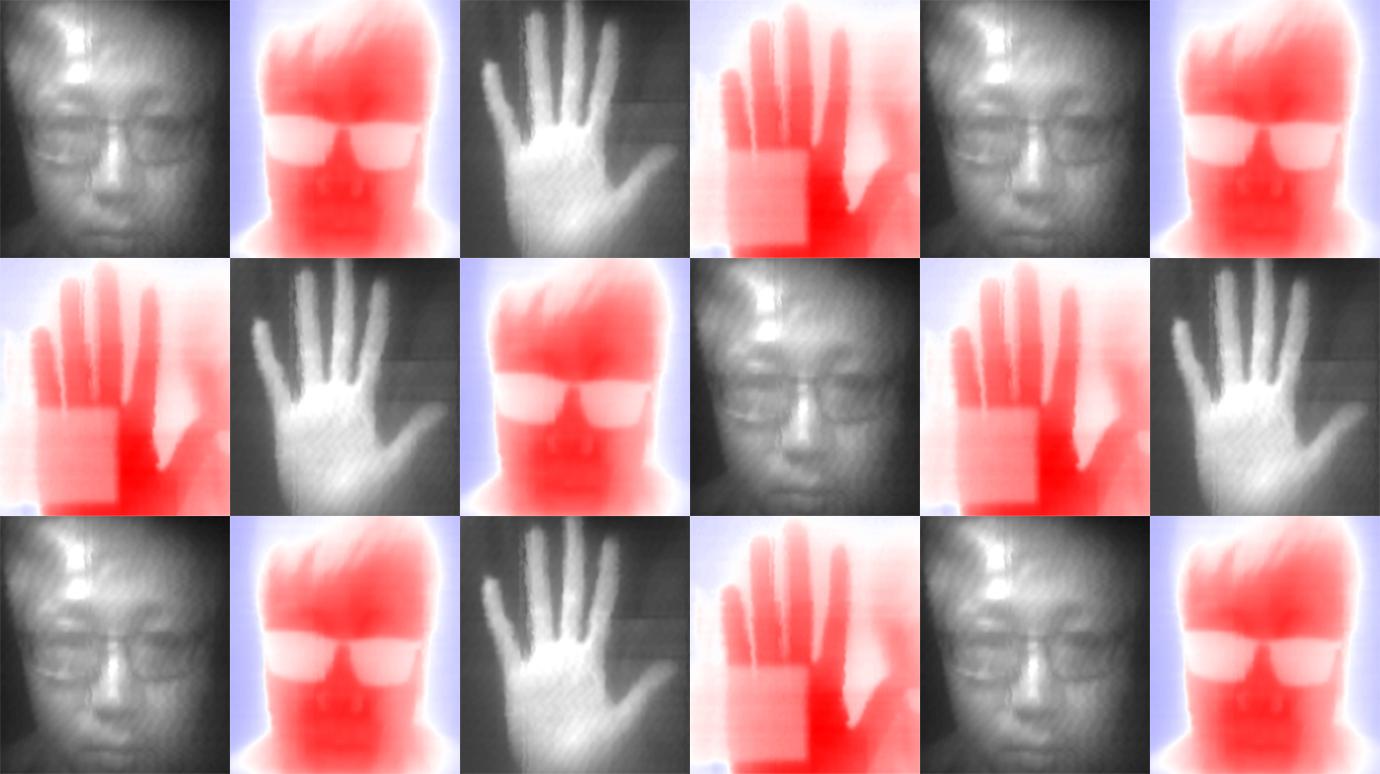
Infrared cameras can detect the invisible light emitted by plants as they photosynthesize, cool stars burn, and batteries heat up. Infrared light has less energy than visible light, making it more challenging to capture. A quantum dot technology breakthrough could one day lead to much more affordable infrared cameras, allowing infrared cameras for everyday consumer [..]
Read More
Because not all cancerous tumors respond equally to treatments and radiation therapy, clinicians’ treatment regimens and patient outcomes are complicated. A research team has now used Raman spectroscopy to reveal differences between tumors that responded to treatment and tumors that were resistant to treatment, potentially offering a way to distinguish between the two early in [..]
Read More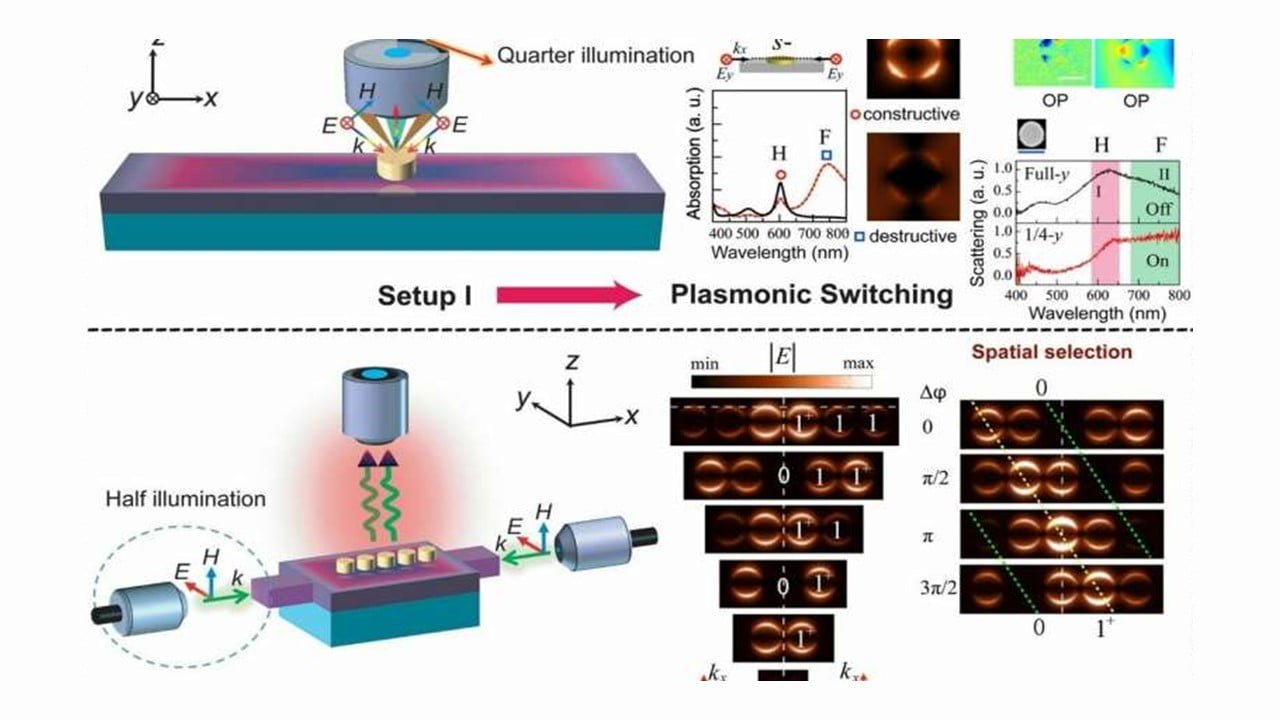
Digital holographic microscopy can reconstruct the images of 3D samples from a single hologram at a fraction of the size and cost of a standard bright-field microscope. It has enabled a plethora of hand-held holographic devices for biomedical diagnostics. Despite these benefits, holographic microscope images generally suffer from light interference-related spatial artifacts, which can limit [..]
Read More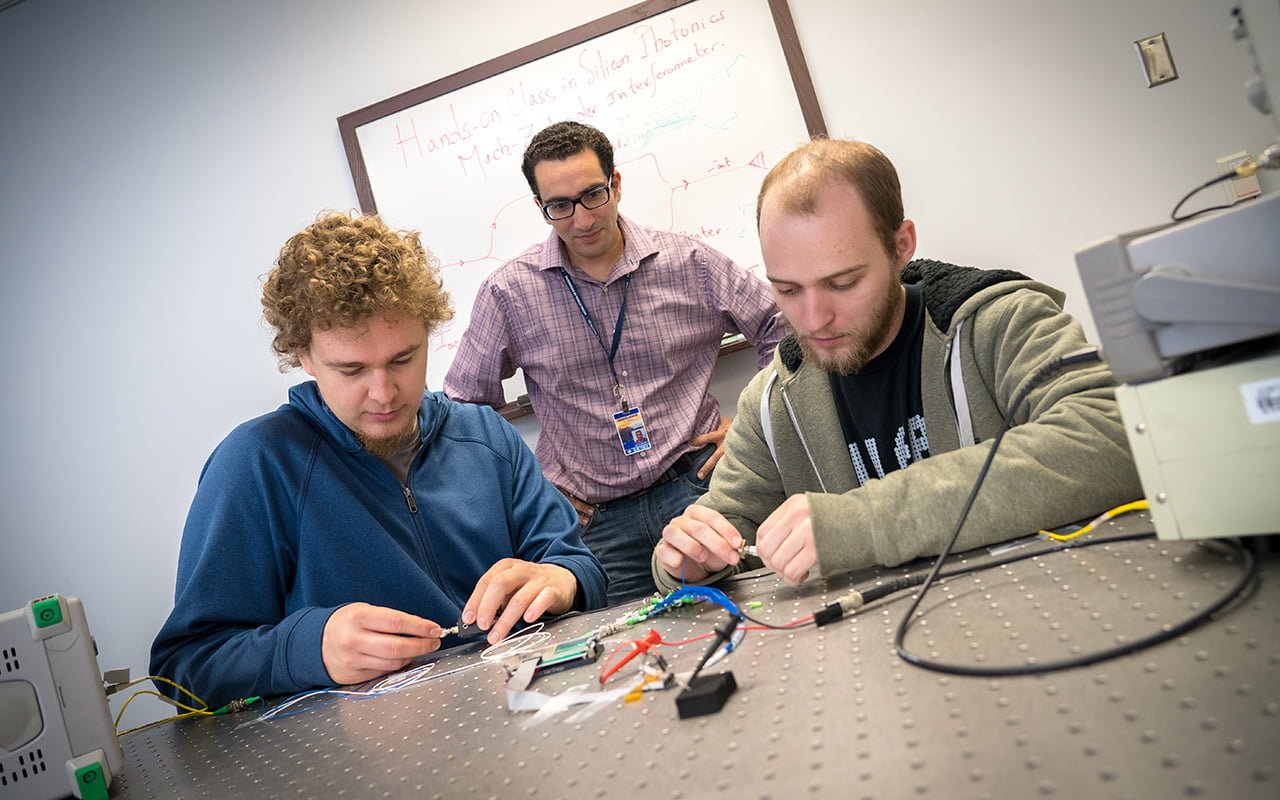
Engineers are creating a photonics education toolkit to integrate photonics into colleges’ engineering and science curriculums. The toolkit can help undergraduates learn practical skills in integrated photonics, such as characterizing and testing photonics integrated circuits, typically taught at the Ph.D. level. The team hopes that by teaching these skills earlier in life, more graduates will [..]
Read More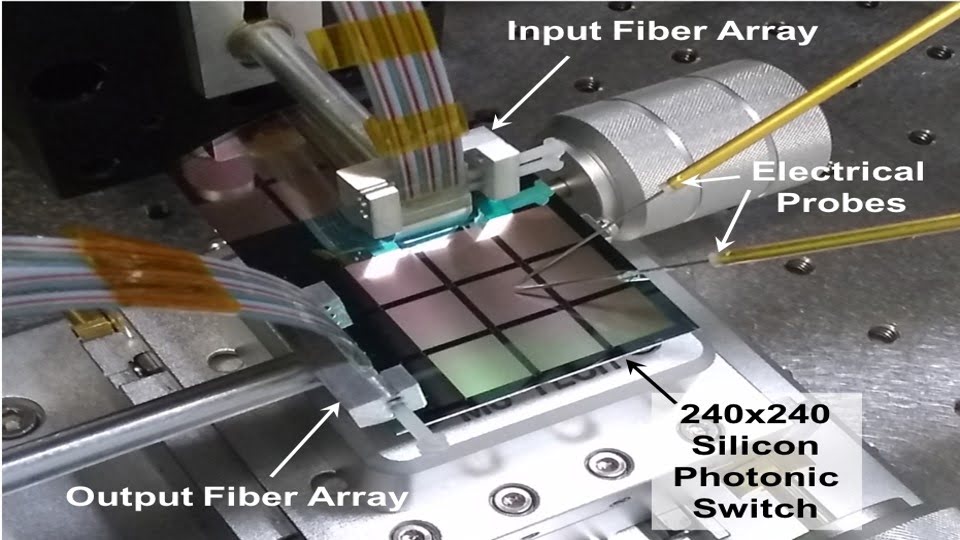
Researchers’ experimental photonic switches show promise toward the goal of fully optical, high-capacity switching for future high-speed data transmission networks, demonstrating previously unseen capabilities. The researchers will present the results of a successful scale-up of a 240×240 integrated silicon photonic switch. The device’s name comes from the fact that it accepts 240 optical communication input [..]
Read More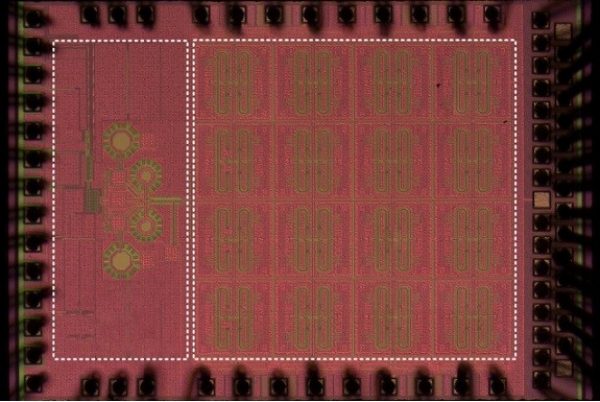
Light-based image sensors in autonomous vehicles frequently struggle to see through blinding conditions such as fog. However, researchers have developed a sub-terahertz-radiation receiving system that could aid in the navigation of driverless cars if traditional methods fail. Sub-terahertz wavelengths on the electromagnetic spectrum between microwave and infrared radiation can easily penetrate fog and dust clouds, [..]
Read More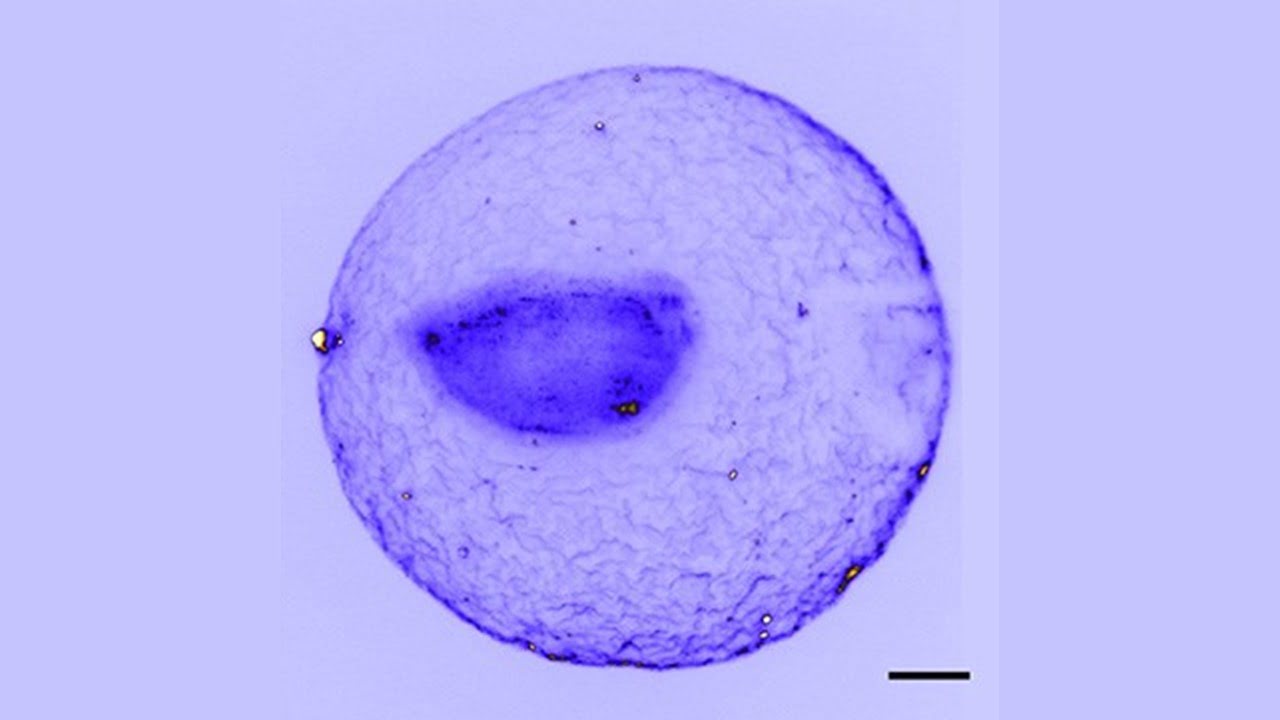
Light-sheet fluorescence microscopy (LSFM) can quickly generate stunning 3-D images of intact organs and tiny organisms like zebrafish and mouse brains. However, the samples must typically be immobilized in a stiff gel to obtain those images. This requirement limits the technique’s use in some studies of biological dynamics and aspects of drug discovery. A team [..]
Read More
Researchers have developed a new MRI sensor method for imaging calcium activity in brain cells, allowing them to look much deeper into the brain. They can use this technique to track signaling processes inside the neurons of living animals. It allows them to connect neural activity to behaviors and study brain development and behavior. The [..]
Read More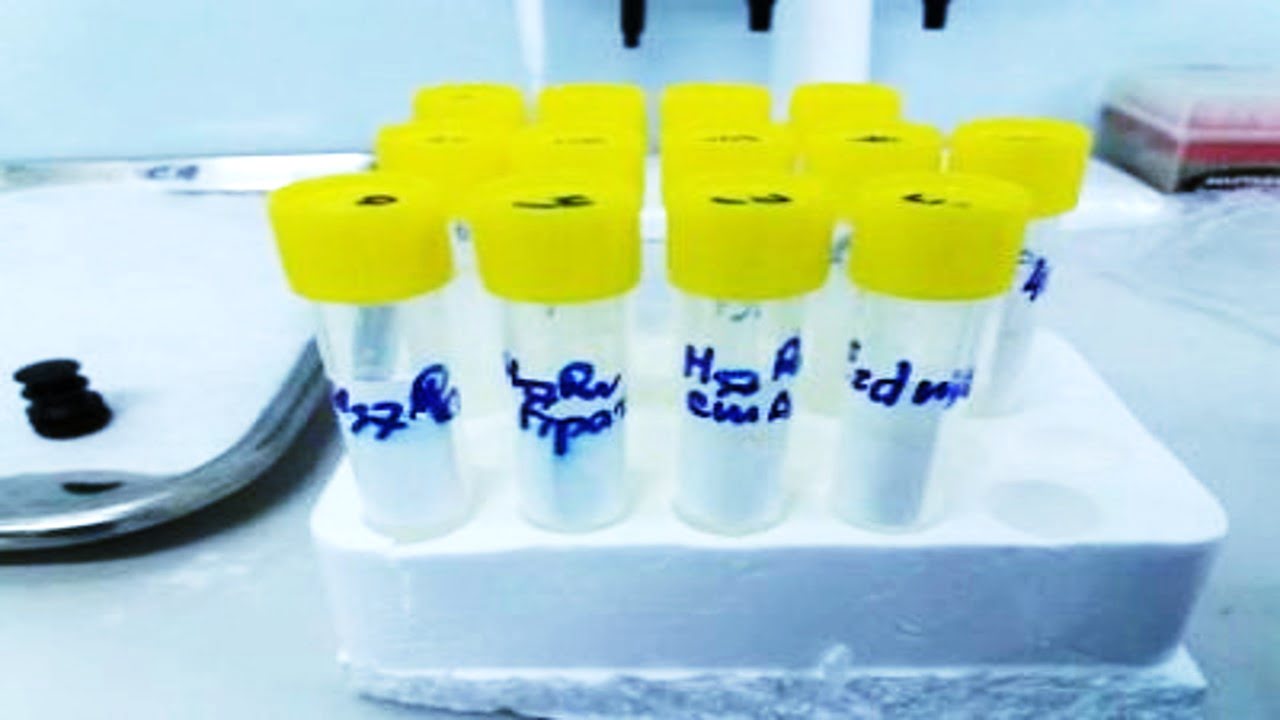
A group of physicists used spectroscopy to identify single antibiotic-resistant bacteria cells that are tuberculosis agents quickly. The method allows for the detection of bacteria and the assessment of antibiotic resistance without causing any harm to the biological material. The researchers proposed using Raman scattering spectrography to analyze bacterial cells quickly. Based on the scattering [..]
Read More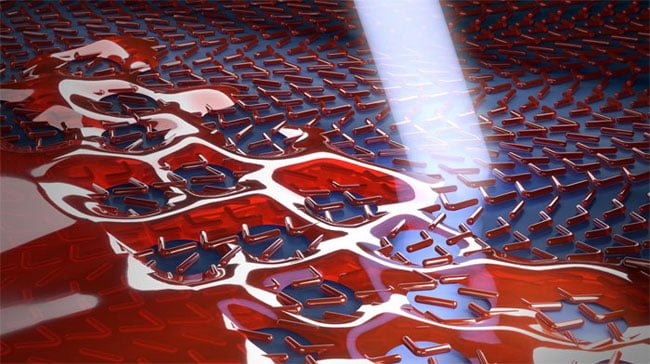
Engineers have developed a new method called dewetting for producing glass metasurfaces that can be rigid or flexible. It is a natural process that occurs when a thin film of material is deposited on a substrate and then heated, is used in the new method. The heat causes the film to shrink and disintegrate into [..]
Read More
Quantum dots, semiconductor particles small enough to contain single electrons, are a promising laser light source for specific applications. Although careful selection of the semiconductor material can effectively tune the output of quantum dot lasers, structural flaws tend to split the output into multiple wavelengths. A group of researchers has proposed a possible solution in [..]
Read More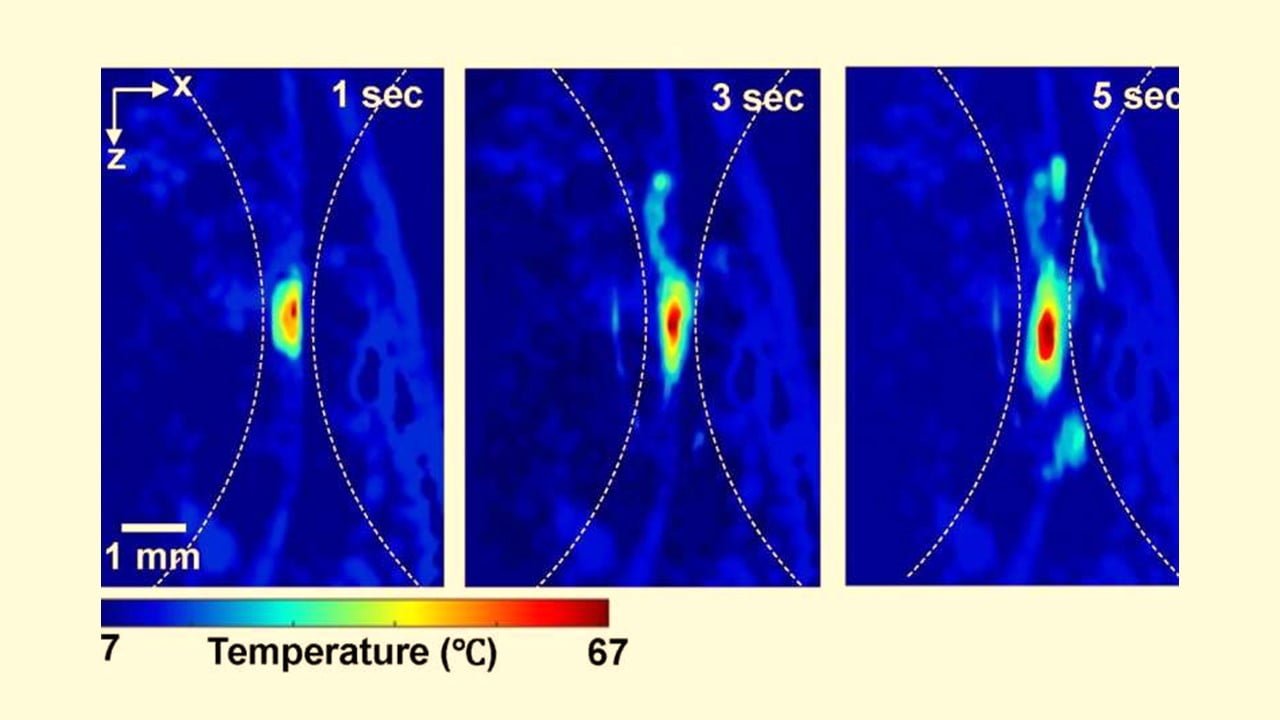
As demonstrated by biomedical engineers, photoacoustic imaging can take the temperature of deep tissues more quickly and accurately than current techniques. This discovery could play a significant role in advancing thermal-based cancer therapies. Because the efficiency of light-to-sound conversion varies with temperature, the temperature can be measured by listening to light-generated soundwaves. However, the process [..]
Read More